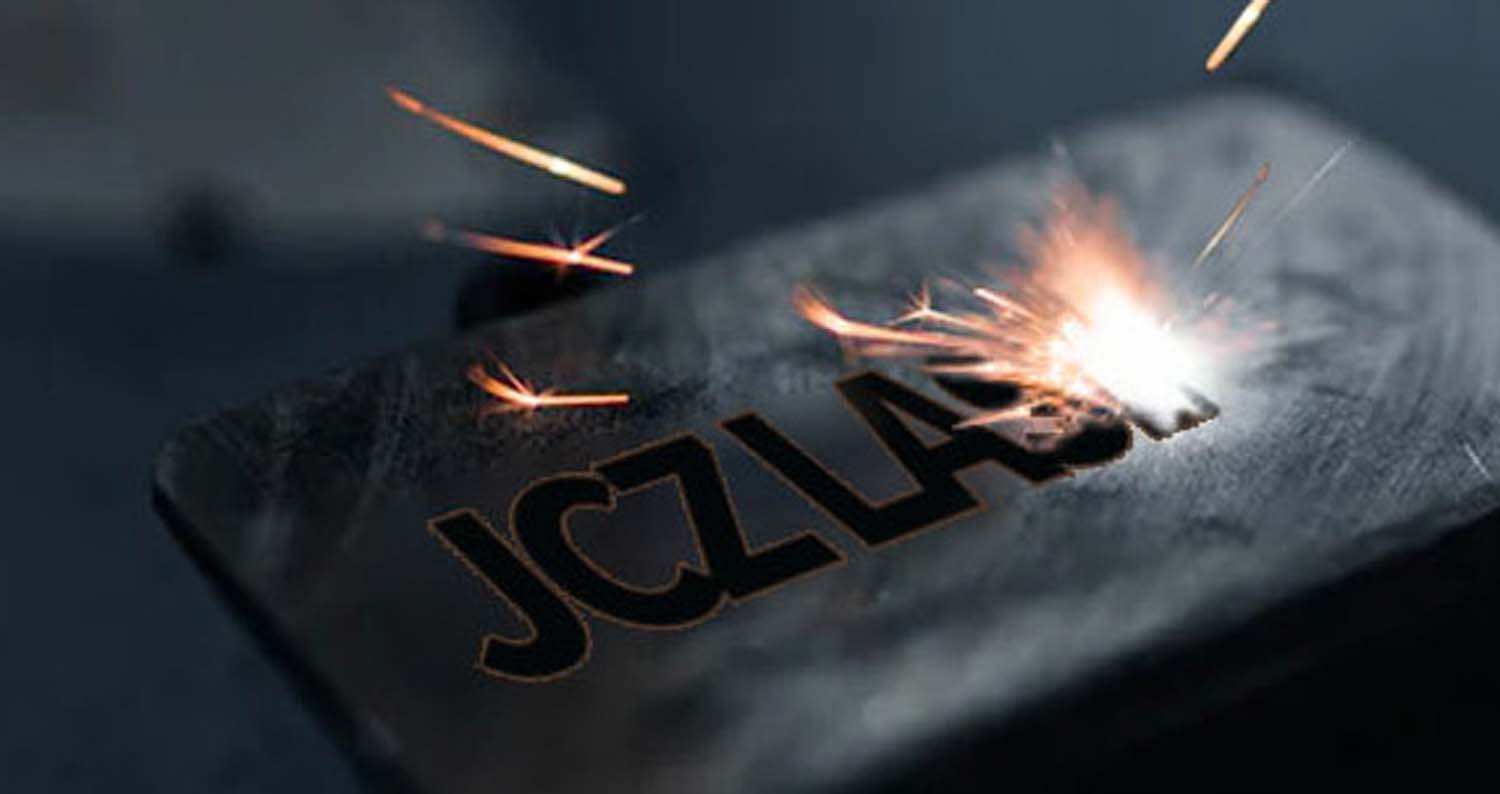Explore the durability of laser marking
The role of laser software and control cards in realizing permanent laser marking
Laser marking has become an increasingly popular method of permanently marking a variety of materials, including metals, plastics and ceramics. This non-contact, high-precision technology offers many advantages over traditional marking methods such as engraving or printing. However, a common question that arises is whether laser marking is truly permanent. In this article, we’ll delve deeper into the concept of laser marking durability and explore the critical role that laser software and control cards play in achieving long-lasting, reliable markings.
Is laser marking permanent?
Laser marking is indeed a permanent marking method. Unlike labels or ink prints that fade or wear off over time, laser marking creates a permanent mark on the surface of the material. This persistence is achieved through a process that changes the surface properties of the material, such as changing its color, creating high-contrast marks or initiating chemical reactions. As a result, laser marking is highly resistant to environmental factors, including abrasion, heat and chemicals, making it ideal for applications requiring durable identification and traceability.
The role of laser software in achieving permanent marking
Laser marking systems rely on specialized software to control the laser beam and create precise, permanent marks. Laser software plays a vital role in determining marking parameters such as laser power, speed and frequency to achieve the desired mark quality and durability. By optimizing these parameters, the software ensures that the laser interacts with the material to produce long-lasting marks without causing damage to the substrate.
In addition, advanced laser software provides capabilities such as serialization, barcoding and data matrix encoding to mark unique identifiers and traceability codes with superior clarity and durability. This capability is particularly valuable in industries such as automotive, aerospace, and medical device manufacturing, where permanent part identification is critical for quality control and regulatory compliance.
The importance of laser control cards in ensuring permanent marking

In addition to the laser software, the control card or controller is a key component of the laser marking system and directly affects the durability and quality of the mark. The control card acts as an interface between the software and the laser source, regulating the delivery of laser energy to the material based on instructions received from the software.
Modern laser control cards are equipped with advanced features such as pulse shaping and energy control, which are essential for achieving permanent marking on a variety of materials. By precisely modulating the laser output, the control card ensures energy is delivered in a controlled manner, preventing excessive heat build-up and minimizing the risk of material damage, while still enabling permanent marking.
In addition, the integration of feedback mechanisms in the control card enables real-time monitoring and adjustment of the marking process, ensuring consistent mark quality and durability across different production runs. This level of control and precision helps meet the stringent requirements of industries where permanent marking is a critical aspect of product identification and branding.
Factors affecting laser marking durability
Although laser marking is permanent in nature, there are several factors that affect the permanence and durability of the mark. Understanding these factors is critical to optimizing the marking process and ensuring the longevity of your marks in a variety of applications.
Material Compatibility: Different materials exhibit different responses to laser marking, and mark durability can be affected by factors such as material composition, surface finish, and thermal conductivity. For example, metals may require different laser parameters compared to plastics or ceramics to achieve permanent marking without compromising the integrity of the material.
Laser Parameters: The choice of laser parameters, including power, speed, and focal length, plays an important role in determining the durability of the mark. By adjusting these parameters based on material properties and desired mark quality, laser operators can optimize the marking process to obtain durable and clear marks.
Surface Preparation: Proper surface preparation, such as cleaning and pre-treatment, can enhance the laser mark’s adhesion to the material and contribute to its durability. Surface contaminants or oxide layers can interfere with the marking process and compromise the durability of the mark, highlighting the importance of surface preparation to achieve permanent laser marking.
Environmental conditions: The environmental conditions in which the marked component is exposed can affect the durability of laser markings. Factors such as exposure to UV radiation, extreme temperatures, or chemical agents should be considered when selecting appropriate laser marking parameters and materials to ensure long-term durability of the mark.
Quality Assurance and Testing: Comprehensive quality assurance testing, such as accelerated aging testing and environmental exposure testing, verifies the persistence and durability of laser markings under real-world conditions. This proactive approach enables manufacturers to identify and resolve any potential issues related to marking permanence before the marked parts enter the field.
In summary, laser marking is a permanently reliable method for marking a wide range of materials with excellent durability and resistance to environmental factors. The combination of advanced laser software and control cards allows for precise control of the marking process, ensuring permanent marking with consistency and accuracy. By understanding the factors that influence mark durability and leveraging the capabilities of laser marking technology, manufacturers can confidently implement laser marking solutions to meet their identification and traceability needs and achieve lasting results.


![[galvo laser scanner]Exploring the Advancements and Applications of Galvo Laser Scanners in Precision Manufacturing and Industrial Automation](https://www.ezcadchina.com/wp-content/uploads/2024/07/Is-Mopa-laser-better-than-fiber-laser-500x383.jpg)
![[optical fiber laser marking machine]Understanding the Versatility and Benefits of Optical Fiber Laser Marking Machines in Modern Manufacturing and Industrial Applications](https://www.ezcadchina.com/wp-content/uploads/2024/05/Application-of-large-size-intelligent-continuous-laser-processing-system-500x383.jpg)
